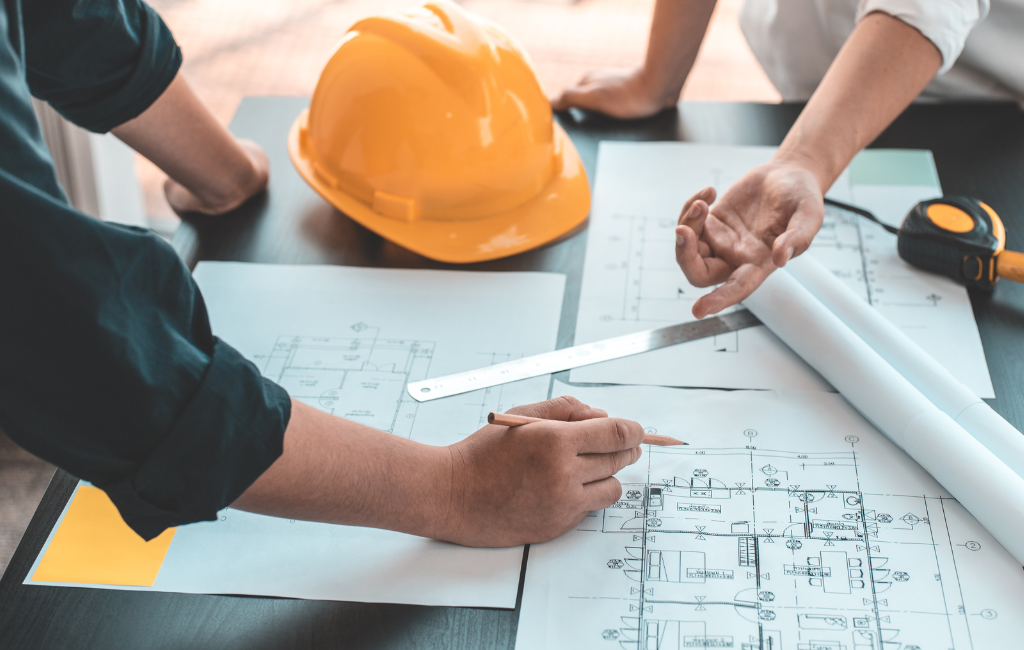Architect Designs for Modern Homes
Modern home design has evolved significantly over the past few decades, reflecting changes in technology, lifestyle, and environmental awareness. Architects today are tasked with creating spaces that are not only aesthetically pleasing but also functional, sustainable, and adaptable to the needs of contemporary living.
Key Elements of Modern Home Design
Modern home design is characterized by several key elements that distinguish it from traditional styles. These elements include open floor plans, large windows, minimalistic aesthetics, and the use of sustainable materials.
Open Floor Plans
One of the most defining features of modern homes is the open floor plan. This design concept eliminates walls that traditionally separate different living spaces, creating a more fluid and flexible environment. Open floor plans encourage social interaction and make spaces feel larger and more connected.
Large Windows
Modern homes often feature large windows that allow for an abundance of natural light. This not only reduces the need for artificial lighting but also creates a seamless connection between the indoor and outdoor environments. Floor-to-ceiling windows are a popular choice, offering unobstructed views and enhancing the overall aesthetic of the home.
Minimalistic Aesthetics
Minimalism is a core principle of modern design. This approach focuses on simplicity, clean lines, and a lack of clutter. The use of neutral color palettes, sleek furniture, and simple decor helps to create a calm and orderly space. The idea is to let the architecture and natural surroundings speak for themselves.
Sustainable Materials
With growing awareness of environmental issues, the use of sustainable materials has become a significant aspect of modern home design. Architects are increasingly incorporating materials such as reclaimed wood, recycled metal, and low-VOC paints. These choices not only reduce the environmental impact but also contribute to healthier indoor air quality.
Innovative Design Trends
Modern home design is constantly evolving, with new trends emerging that push the boundaries of traditional architecture. Some of the most innovative trends include smart home technology, biophilic design, and modular construction.
Smart Home Technology
The integration of smart technology is revolutionizing modern home design. From automated lighting and climate control to advanced security systems, smart homes offer convenience, efficiency, and enhanced safety. Voice-activated assistants and IoT devices are becoming standard features in modern homes, allowing residents to control various aspects of their living environment with ease.
Biophilic Design
Biophilic design emphasizes the connection between humans and nature. This trend incorporates natural elements such as plants, water features, and natural materials into the home environment. The goal is to create spaces that promote well-being and reduce stress by bringing the outdoors inside. Green roofs, living walls, and indoor gardens are popular features in biophilic design.
Modular Construction
Modular construction is gaining popularity as a cost-effective and sustainable building method. This approach involves constructing sections of a home off-site in a controlled factory environment and then assembling them on-site. Modular homes can be built more quickly and with less waste compared to traditional construction methods. They also offer flexibility in design, allowing for easy customization and expansion.
Case Studies of Modern Home Designs
To better understand the impact of modern home design, let’s explore a few case studies that highlight innovative architectural solutions.
Case Study 1: The Glass House
The Glass House, designed by architect Philip Johnson, is a prime example of modernist architecture. Located in New Canaan, Connecticut, this iconic home features floor-to-ceiling glass walls that provide unobstructed views of the surrounding landscape. The open floor plan and minimalistic design create a sense of spaciousness and harmony with nature.
Case Study 2: The Eames House
The Eames House, also known as Case Study House No. 8, was designed by Charles and Ray Eames in the Pacific Palisades neighborhood of Los Angeles. This home exemplifies the use of prefabricated materials and modular construction. The design incorporates large windows, open spaces, and a seamless integration with the natural surroundings, reflecting the principles of modernist architecture.
Case Study 3: The Farnsworth House
Designed by Ludwig Mies van der Rohe, the Farnsworth House in Plano, Illinois, is a masterpiece of modern architecture. The home features an open floor plan, extensive use of glass, and a minimalist aesthetic. Elevated on stilts to protect against flooding, the Farnsworth House demonstrates how modern design can address practical challenges while maintaining a strong visual impact.
Statistics on Modern Home Design
Recent statistics highlight the growing popularity and impact of modern home design:
- A survey by the National Association of Home Builders found that 60% of new homes built in 2020 featured open floor plans.
- According to a report by Grand View Research, the global smart home market is expected to reach $135.3 billion by 2025, driven by increasing demand for home automation and energy efficiency.
- The U.S. Green Building Council reports that green building practices, including the use of sustainable materials, can reduce energy consumption by up to 30% and water usage by up to 50%.
Conclusion
Modern home design continues to evolve, driven by advancements in technology, a focus on sustainability, and changing lifestyle preferences. Key elements such as open floor plans, large windows, minimalistic aesthetics, and sustainable materials define this architectural style. Innovative trends like smart home technology, biophilic design, and modular construction are shaping the future of residential architecture. Through case studies and statistics, we see the tangible benefits and growing popularity of modern home design. As architects and homeowners embrace these principles, the future of home design looks bright and promising.
